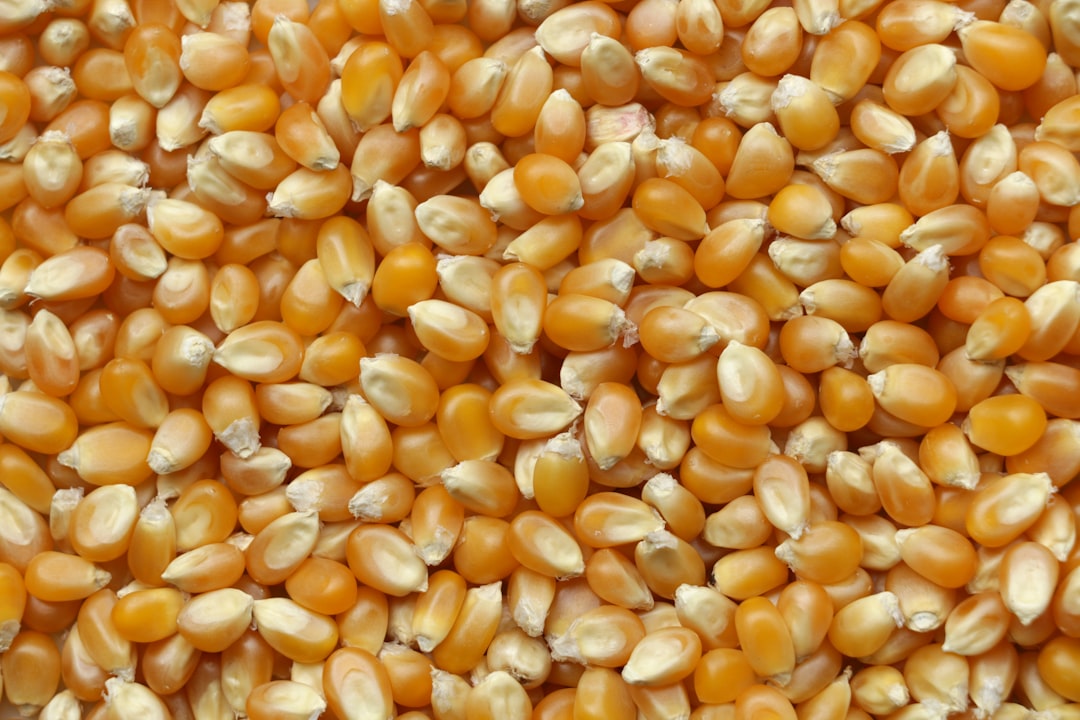When it comes to gardening and farming, success starts with high-quality seeds. Whether you're growing vegetables, flowers, or grains, ensuring that your seeds are viable and healthy is crucial for a bountiful harvest. Poor seed quality can lead to weak plants, low germination rates, and wasted effort. In this blog post, we will explore why seed quality and viability matter and how you can test your seeds to ensure a productive growing season.
Why Seed Quality Matters
High-quality seeds contribute to strong and vigorous plants, which are more resistant to pests, diseases, and environmental stress. Some key factors that determine seed quality include:
- Germination Rate – The percentage of seeds that successfully sprout is a critical indicator of seed viability.
- Genetic Purity – Seeds should come from reliable sources to ensure they grow into the intended plant variety.
- Seed Health – Seeds should be free from diseases, pests, and mold, as these can significantly impact plant development.
- Moisture Content – Excess moisture can lead to mold growth and decreased seed longevity.
- Storage Conditions – Properly stored seeds retain viability longer, ensuring consistent performance.
How to Test Seed Viability
Before planting, it’s a good idea to test your seeds to determine their viability. Here are some simple methods:
1. The Germination Test
The most reliable way to check seed viability is by conducting a germination test:
- Dampen a paper towel and lay out a sample of seeds (10-20 seeds for accuracy).
- Fold the towel over the seeds and place it in a plastic bag or container to retain moisture.
- Keep it in a warm place (65-75°F) and check daily for sprouting.
- After 7-10 days, count how many seeds have germinated. If 80% or more have sprouted, the seed batch is good to use.
2. The Float Test
This quick test helps identify old or non-viable seeds:
- Place the seeds in a bowl of water and let them sit for 15-20 minutes.
- Viable seeds typically sink, while non-viable seeds float.
- Note: This method is not foolproof, as some viable seeds may float due to air pockets.
3. The Cutting Test
For larger seeds, like beans or squash, you can cut open a few seeds to check their condition:
- A healthy seed should be firm and white inside.
- If the seed appears discolored, shriveled, or hollow, it may not be viable.
Best Practices for Storing Seeds
Proper storage extends seed viability and ensures a strong start for your garden. Follow these best practices:
- Store seeds in a cool, dry place away from direct sunlight.
- Use airtight containers or seed packets with desiccants to reduce moisture.
- Label and date your seeds to keep track of their age.
- Keep seeds in the refrigerator or freezer for long-term storage, ensuring they remain dry.
Conclusion
Ensuring seed quality and viability is a fundamental step in achieving a successful garden or farm. By testing your seeds before planting and following proper storage methods, you can improve germination rates, reduce crop failures, and maximize your harvest. Start your growing season with confidence by prioritizing seed quality—your plants will thank you for it!

Comments
No comments yet. Be the first to comment!
You must be logged in to comment. Login